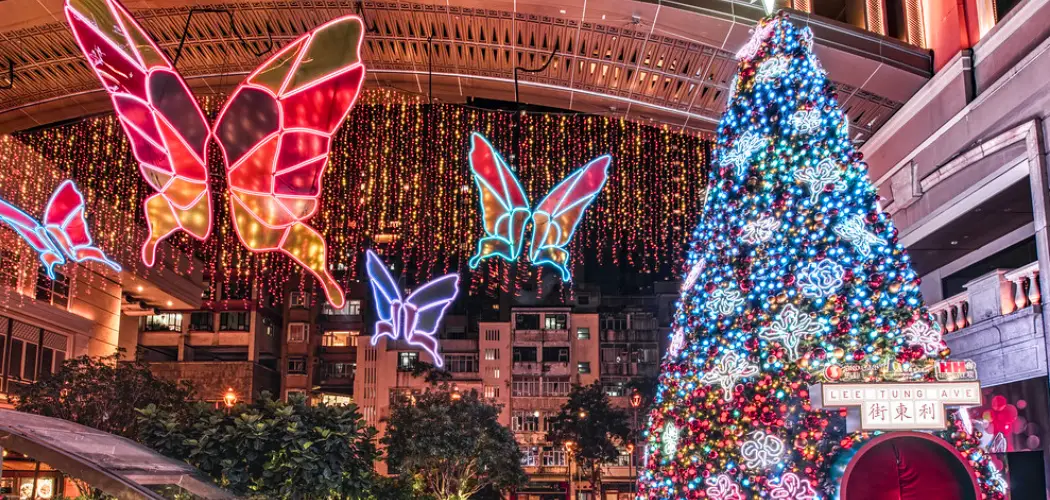Christmas lights are a staple of holiday decoration, bringing warmth and festivity to homes and outdoor spaces. However, many modern Christmas lights come with multiple flashing or twinkling modes, which can sometimes make it challenging to keep them on one desired setting. Whether you prefer a steady glow or a specific pattern, understanding how to control these settings can ensure your lights stay exactly how you want them throughout the season. This document will provide a comprehensive guide on how to make christmas lights stay on one setting, covering essential tools, installation techniques, and tips for achieving the best result.
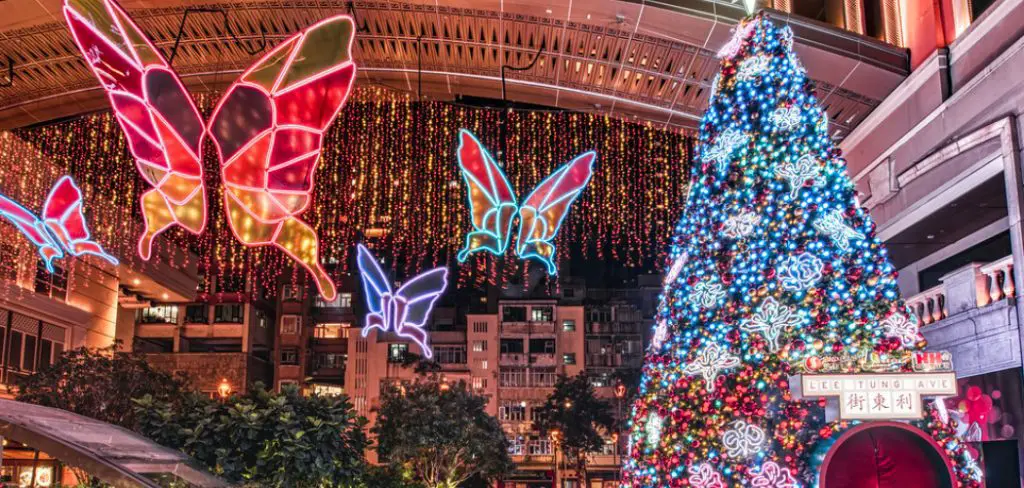
Understanding How Christmas Lights Work
To efficiently manage the settings of your Christmas lights, it’s important to first understand how they function. Most modern Christmas lights are powered by either a controller box or a built-in chip that regulates their modes. These components control the electrical current that flows through the lights, enabling them to alternate between different effects such as steady illumination, flashing, fading, or twinkling. The lights themselves are typically LEDs, which are energy-efficient and durable compared to traditional incandescent bulbs.
Controller boxes are often equipped with buttons or dials that allow you to manually adjust the light mode. On the other hand, lights with built-in chips may remember your last selected setting when powered on and off, depending on the model. Knowing whether your lights rely on a controller or have a memory function is key to setting them up according to your preferences. This foundational knowledge will help address common challenges when maintaining a consistent display.
Types of Christmas Lights
When it comes to Christmas lights, there are several types to choose from, each offering unique features and effects to suit different decoration styles. Below are some common types of Christmas lights and what sets them apart:
- Incandescent Lights
These traditional lights provide a warm, classic glow that many associate with nostalgic holiday charm. While they are more affordable initially, they tend to consume more energy and are less durable compared to modern alternatives.
- LED Lights
LED lights are highly energy-efficient and long-lasting. They come in a wide variety of colors and styles, including string lights, icicle lights, and net lights. Additionally, LEDs are cooler to the touch, making them safer for long-term use indoors or on flammable materials like Christmas trees.
- Mini String Lights
Mini string lights are one of the most popular options for decorating trees, windows, and mantels. Their small size makes them versatile and easy to wrap around intricate items or structures.
- Net Lights
Perfect for draping over bushes or hedges, net lights provide a seamless, uniform appearance with minimal effort. They are pre-arranged in a mesh-like grid, simplifying outdoor decorating.
- Icicle Lights
Often used outdoors, icicle lights mimic the appearance of hanging icicles, creating a wintery, elegant effect. They are commonly seen hanging along gutters, railings, or porch edges.
- Rope Lights
Encased in a clear, flexible tube, rope lights are ideal for outlining pathways, windows, or any design where precision lighting is needed. They’re durable and weather-resistant, making them suitable for outdoor use.
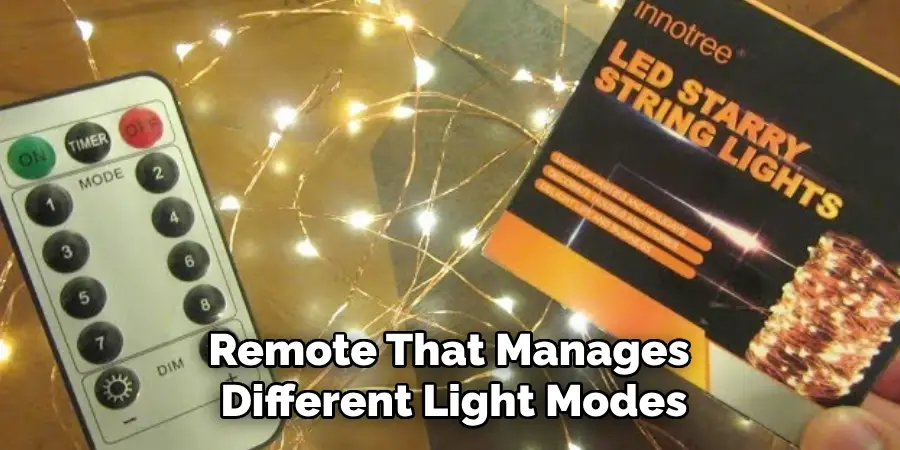
- Color-Changing Lights
For those who enjoy dynamic displays, color-changing lights add an element of excitement by cycling through various colors or effects. Many models allow customization, letting you select colors or patterns to suit your preferences.
10 Methods How to Make Christmas Lights Stay on One Setting
1. Understand the Control Mechanism
Most modern Christmas lights come with a built-in control box or remote that manages different light modes. Before diving into fixes, familiarize yourself with the control mechanism. Look for a button, dial, or remote that allows you to select from options like steady, blinking, or fading. To make the lights stay on one setting, press the button until you reach your desired mode. In many cases, leaving the lights on this setting for a few seconds locks it in place. Knowing how the control system works is the first step toward achieving consistent illumination.
2. Use a Plug Timer with Memory Function
A plug timer with a memory function is a handy tool for keeping your lights on one setting. These timers not only allow you to schedule when your lights turn on and off but also remember the last mode the lights were set to. Simply set your lights to the desired setting, plug them into the timer, and let it handle the rest. This method works particularly well for lights with memory chips, as they retain the last-used setting when power is restored.
3. Modify the Control Box
If your lights have a control box that doesn’t automatically save the last setting, a minor modification can help. Open the control box and look for the circuit board connected to the mode button. In many cases, you can solder a small wire or place a piece of tape to bypass the cycling mechanism, effectively forcing the lights to stay on one setting. This method requires basic knowledge of electronics and should be approached cautiously to avoid damaging the lights.
4. Use a Smart Plug
Smart plugs are an excellent modern solution for controlling Christmas lights. These devices allow you to turn the lights on and off remotely via a smartphone app or voice assistant. Many smart plugs can also retain the last-used setting of your lights. Set the lights to your preferred mode, connect them to the smart plug, and use the app to power them on and off without disrupting the setting. This method is convenient for tech-savvy decorators and works well with lights that have memory functionality.
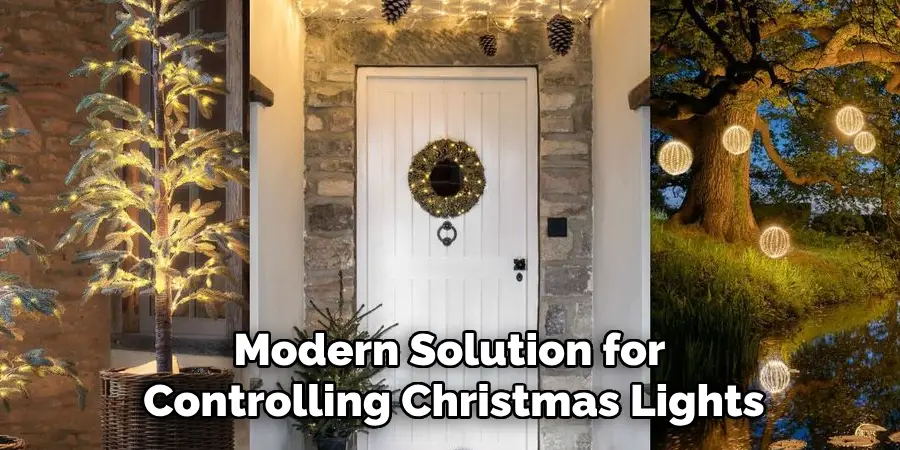
5. Tape Down the Mode Button
For lights with a manual mode button, a simple yet effective solution is to tape the button down once you’ve selected your desired setting. This prevents the button from being pressed accidentally, which could cause the lights to cycle through modes. Use strong adhesive tape, ensuring it doesn’t interfere with the button’s functionality. While this method is not the most sophisticated, it’s a quick fix that works well for short-term use.
6. Replace the Controller with a Fixed Circuit
For those comfortable with DIY projects, replacing the original controller with a fixed circuit can ensure the lights stay on one setting. Purchase a simple electrical controller or build one using basic components like resistors and a switch. Connect the lights to this new controller, which will only allow the selected mode to operate. While this method requires more effort, it offers a long-term solution and greater control over your Christmas lights.
7. Check for Lights with Built-In Memory
If you’re purchasing new Christmas lights, look for models that advertise built-in memory functionality. These lights are designed to remember the last-used setting, even after being unplugged. Once you set them to your preferred mode, simply power them off and on again, and they’ll resume in the same mode. Investing in lights with memory chips eliminates the need for additional gadgets or modifications and is a hassle-free way to ensure consistent lighting.

8. Opt for Battery-Powered Lights
Battery-powered Christmas lights often come with simpler control mechanisms and are less likely to reset their settings when turned off. Choose a set of lights with a steady-on option and set them to your desired mode. Because they don’t rely on a fluctuating power supply, these lights typically retain their setting until the batteries are replaced or the mode is manually changed. This method is especially useful for smaller decorations, such as wreaths or centerpieces, where a power outlet may not be accessible.
9. Upgrade to a Remote-Controlled System
Remote-controlled Christmas lights give you the power to select and lock your preferred setting without having to adjust the control box directly. Look for systems with dedicated buttons for each mode, allowing you to switch to the steady-on option and leave it there. High-quality remote-controlled lights often have better memory capabilities, ensuring that your chosen setting remains active even after turning the lights off.
10. Consider Hardwiring the Lights
For permanent or semi-permanent installations, hardwiring your Christmas lights into a dedicated circuit can simplify their operation. Remove the original control box and directly connect the lights to a switch or dimmer that supports your desired mode. This method requires professional knowledge of electrical systems but ensures that your lights will operate in the chosen setting without resetting or cycling. It’s an excellent choice for large displays or outdoor installations that you plan to reuse year after year.
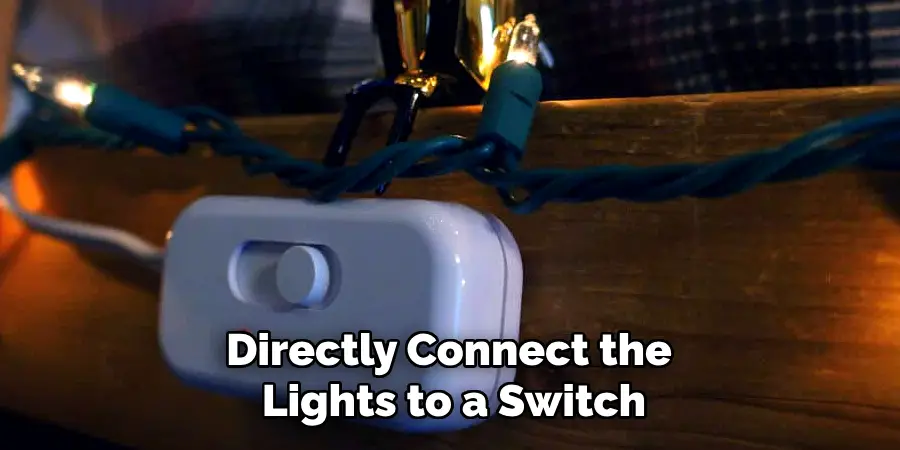
Conclusion
Keeping your Christmas lights on one setting doesn’t have to be a frustrating task. Whether you prefer simple solutions like using a plug timer or smart plug, or more advanced methods such as modifying the control box or upgrading to fixed circuits, there’s an option for every level of expertise. By choosing the right approach, you can enjoy a hassle-free holiday season with beautifully consistent lighting. Consider your specific needs and resources before deciding on the best solution, and create a festive display that shines just the way you like it.

